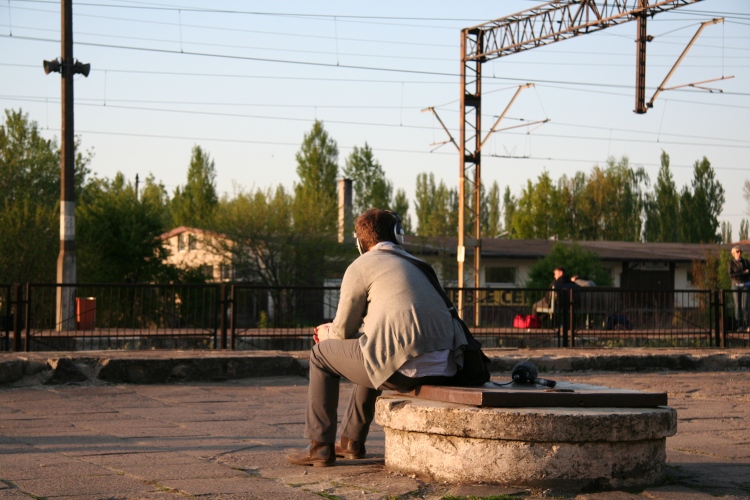Interview with Mark Peter Wright
Mark Peter Wright is an artist whose practice seeks to illuminate understandings of listening and place. Through delicate intersection of sound, image, objects and text his work often encounters themes relating to nature, industry and site-specific histories of migration and abandonment. Such pre occupations have inspired an acclaimed body of work that brings to debate both political and cultural aesthetics of subjectivity and place. He has exhibited, broadcast and published works across a variety of international venues, festivals, labels and media. In 2009 he received the British Composer of the Year Award [Sonic Arts] for his work A Quiet Reverie [2008]. In 2010 he was nominated for a Prix Ars Electronica award in Digital Musics & Sound Art. He is also the founder of Ear Room, an online resource co-published by Sound & Music. Wright [b. 1979, UK] lives and works in London and is represented by IMT Gallery.
This interview is based on ideas inspired by RE:Walden, a collaboration between theatre director Jean-François Peyret, Thierry Coduys and a few others…
Le Hub would like to thank Mark warmly for the sympathy, the time and the energy he put into the construction of this interview.
Recording Where Once We Walked | Photo by Chris Atkins
Where Once We Walked | Preview Excerpts by Mark Peter Wright
